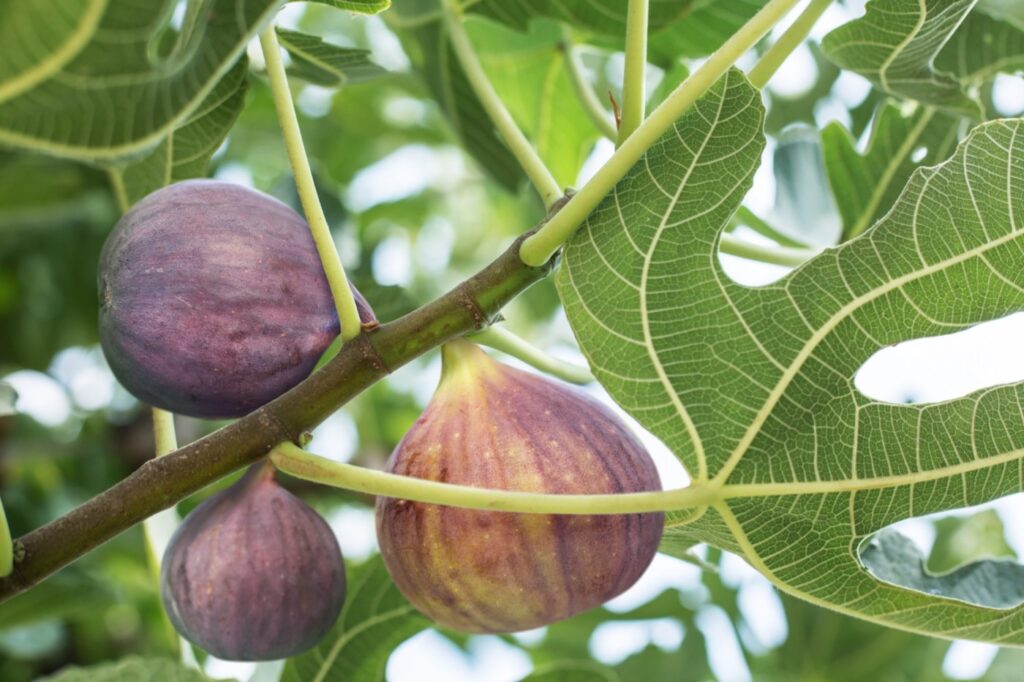
Q. We have been growing pineapple plants from cut-off tops for about 15 years and have harvested about 6 in that time. Could you please tell me how to tell when the fruit is ripe and ready to cut from the plant?
Growing pineapples from the part of the fruit that usually ends up being discarded is a fun project that I used to do with my kids. We never were lucky enough to get any flowers or fruit, though.
Pineapple, a member of the bromeliad family, grows well in zones 11 and 12 (Hawaii). In Southern California, they can be grown in a sheltered spot outside or inside where they can get at least 6 hours of sunlight per day. They can grow to be quite large – 5 feet tall and 6 feet wide – so make sure you plan for that. They grow best at temperatures between 68 and 84 degrees. At temperatures higher than 90 or lower than 60 degrees, they will stop growing and may show their displeasure in other ways.
If you can keep it happy for 1 ½ or 2 years, it will form a flower spike from the main stem. These flowers are self-fertile and will form berries that fuse together to form the familiar blocky fruit.
Once the bottom third of the fruit turns yellow, it should be ready to harvest. Other signs of readiness include flattening of the berries and formation of “eyes” and, of course, that wonderful smell!
Q. I covered my fig tree from top to bottom with bird netting, however, some night creature keeps eating my ripe or nearly ripe figs. What could it be and how can I protect my fruit?
Figs are super attractive to all types of birds, so the netting is not a bad idea. Unfortunately, other creatures of the night will show up and help themselves once they discover your tree.
Opossums, raccoons, rats, and mice all like to feast on the soft fruit and can climb the tree to get it. Motion-activated sprinklers may deter the opossums and raccoons, but the rats and mice are too small to set them off. Depending on your situation, an electric fence may work (there are electric fences that can be set up temporarily, then taken down after the fruit is harvested.)
Trapping mice and rats can be a never-ending task since there’s a never-ending supply of rodents.
I’ve found that the only way to save my figs is to harvest them when they’re not quite ripe, wrap them in tissue paper (to protect them from bruising), and allow them to ripen on my kitchen counter for a day or two.
Los Angeles County
[email protected]; 626-586-1988; http://celosangeles.ucanr.edu/UC_Master_Gardener_Program/
Orange County
[email protected]; http://mgorange.ucanr.edu/
Riverside County
[email protected]; https://ucanr.edu/sites/RiversideMG/
San Bernardino County
[email protected]; 909-387-2182; http://mgsb.ucanr.edu
Related Articles
This is the time for gardeners to plant these vegetables, trees and ground cover
Exploring the book called ‘How to Forage for Wild Food Without Dying’
Some thoughts on the fire resistance of California native plants in your garden
Hyacinth bulbs, leafy vegetables and poppies: What gardeners can do this week
5 of the worst garden weeds and what you can (or can’t) do about them
